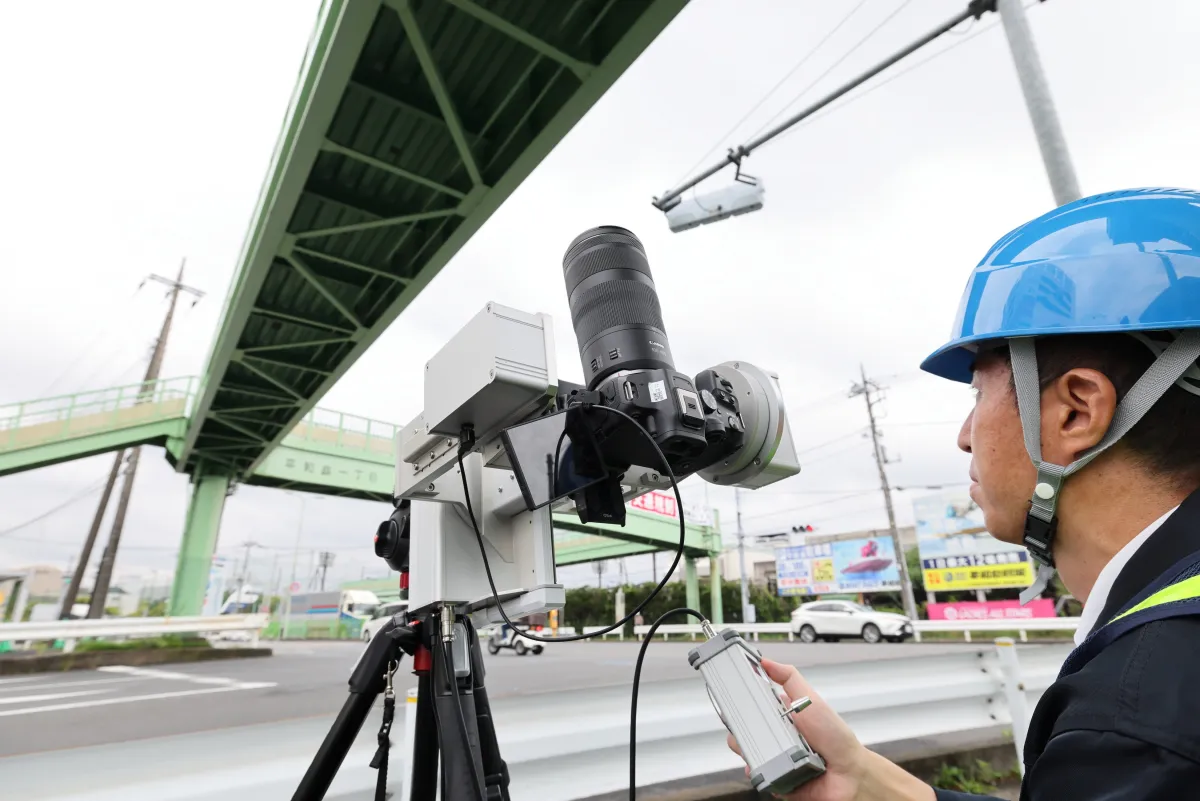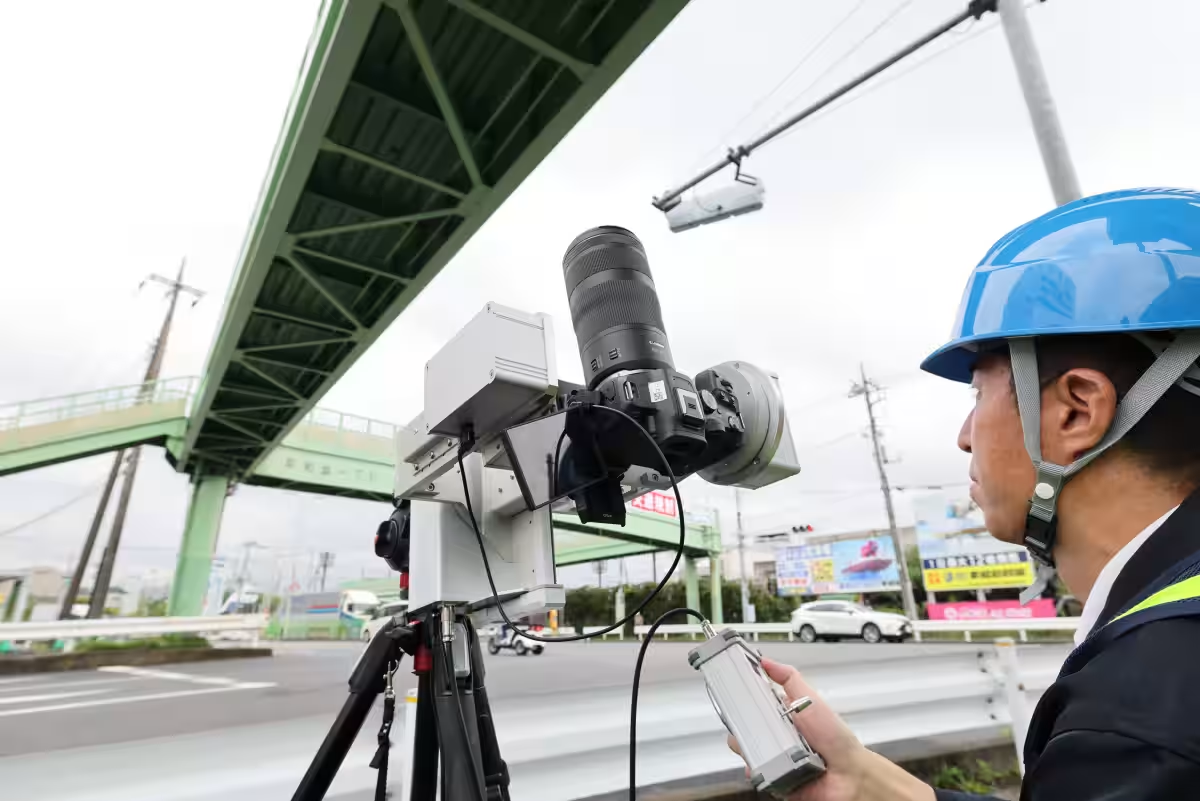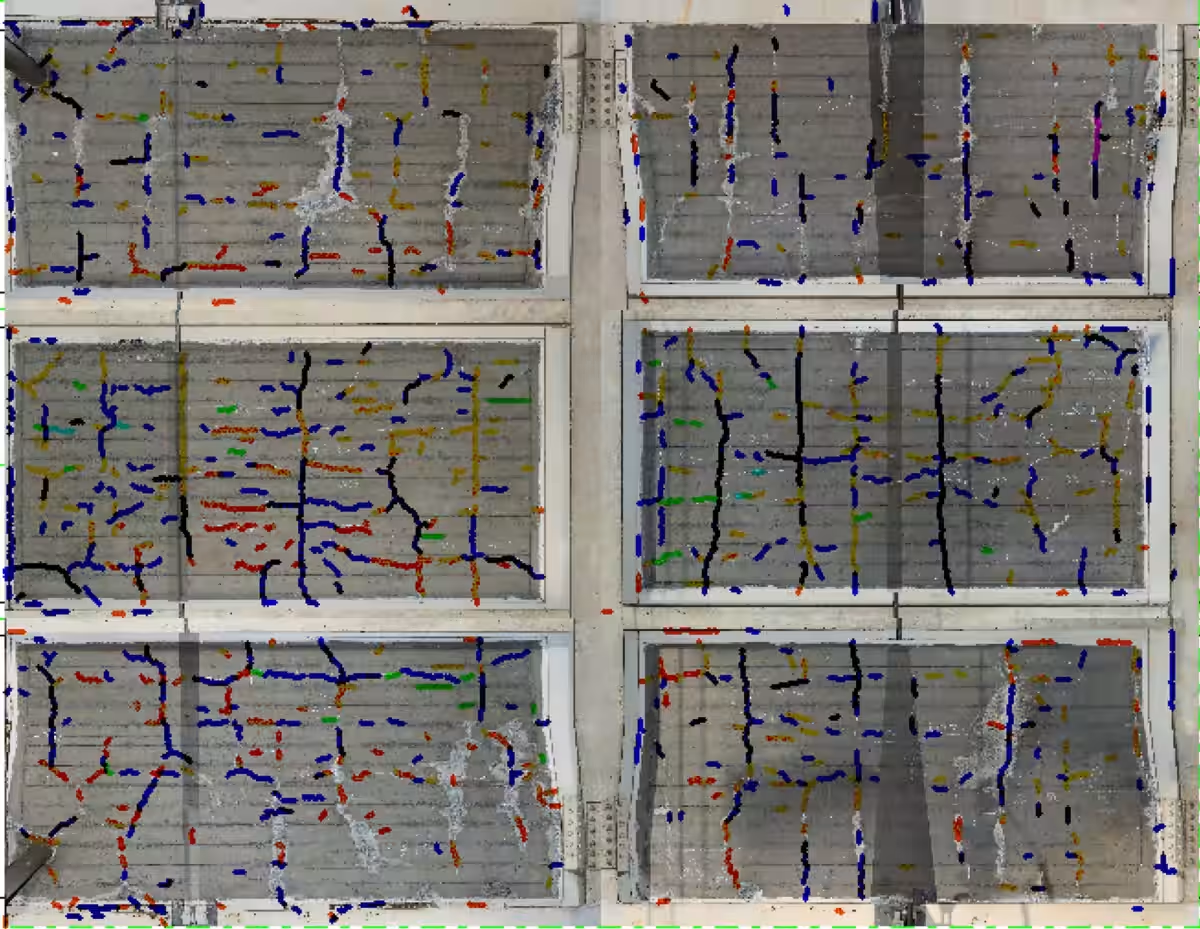

Canon and Tokyo University of Science Collaborate to Enhance Bridge Inspection with AI and Digital Imaging
Canon’s Pioneering Efforts in Bridge Inspection
In a significant collaboration, Canon Inc. has partnered with the City of Ota and the Tokyo University of Science to explore the integration of artificial intelligence (AI) and digital imaging in bridge inspections. This initiative aims to enhance the efficiency of inspecting aging infrastructure, particularly focusing on footbridges and overpasses where conventional inspection methods are limited by time and accessibility constraints.
The findings from this research have been compiled into a paper that recently gained acceptance for publication in the Institute of Civil Engineers’ AI and Data Science Journal. The results will be shared on May 26, 2025, at the "Digital Twin and DX Symposium 2025," highlighting the outcomes of this innovative approach to infrastructure inspection.
Background Context
As infrastructure in Japan ages, especially those constructed during periods of rapid growth, the Ministry of Land, Infrastructure, Transport and Tourism has mandated regular inspections based on close visual examination. However, due to workforce shortages and the aging population of technicians, there is an increasing need to adopt alternative methods that can yield comparable results through the use of digital technology.
To address these challenges, Canon launched the "Inspection EYE for Infrastructure" service in December 2019. This service utilizes advanced imaging and analysis technology to detect issues such as concrete cracking and rebar exposure, allowing for timely maintenance of critical structures.
Efficiency in Inspections
The collaboration involved testing the effectiveness of digital imaging and AI in bridge inspections under real-world conditions. Inspections of the footbridges, which usually require close proximity to the structures, are traditionally confined to nighttime hours when train services are suspended. The new approach allows for the collection and analysis of imaging data that matches close visual inspection results, significantly improving efficiency.
Similarly, inspections of overpasses were conducted using a combination of telephoto lenses and mirrorless cameras to capture images safely from roadways without imposing traffic restrictions, even during peak hours. The team successfully demonstrated that this method could deliver inspection results equivalent to those obtained through conventional close examination techniques.
Future Aspirations
Currently, Canon is also exploring bridge inspections utilizing drones and handheld cameras to increase the range of imaging applications in structural assessment. The partnership with Ota City focuses on accumulating experience and developing effective practices for bridge inspections. Looking ahead, Canon aims to innovate further by automating inspection processes, with continuous advancements in imaging technology and AI integration.
Collaborative Commitments
This project is grounded in a comprehensive partnership agreement established in 2022 between Canon, Canon Marketing Japan, and Ota City. The goal of this collaboration is to effectively utilize shared knowledge and data to foster sustainable urban development. Tokyo University of Science also signed a similar agreement with Ota City in 2007, further cementing the collaboration across academia and government.
The paper titled "Utilization and Verification of Digital Imaging and AI in Bridge Inspections" encapsulates the collaborative efforts of Canon, Ota City, and the Tokyo University of Science to drive progress in infrastructure management.
Expert Insights
In the words of Mr. Yoshiyuki Goto from Ota City's Urban Infrastructure Development Department:
"As we adopt AI across various sectors for efficiency and advancement, the infrastructure field still relies heavily on experienced technicians. With an inevitable decline in workforce capability due to aging, now is the crucial time to implement technology that ensures the longevity of valuable infrastructure for future generations. This initiative marks significant progress towards establishing essential technological solutions.”
Professor Mitsuhiro Iwanami from the Tokyo University of Science adds:
"The presence of infrastructure is vital for our safety and well-being, yet the extensive management efforts required often depend on human labor. With a decreasing workforce, this reliance is unsustainable. Collaborative efforts, as demonstrated in this research, are essential to developing innovative solutions for efficient infrastructure maintenance.”
As Canon moves forward, they remain committed to harnessing their expertise in imaging technologies to contribute towards resolving pressing societal challenges through advanced infrastructure inspection methodologies.
Symposium Information
- - Date: May 26, 2025
- - Location: Civil Engineering Society, Yotsuya, Shinjuku, Tokyo
- - Presented Paper: "Utilization and Verification of Digital Imaging and AI in Bridge Inspections"



Topics Consumer Technology)










【About Using Articles】
You can freely use the title and article content by linking to the page where the article is posted.
※ Images cannot be used.
【About Links】
Links are free to use.